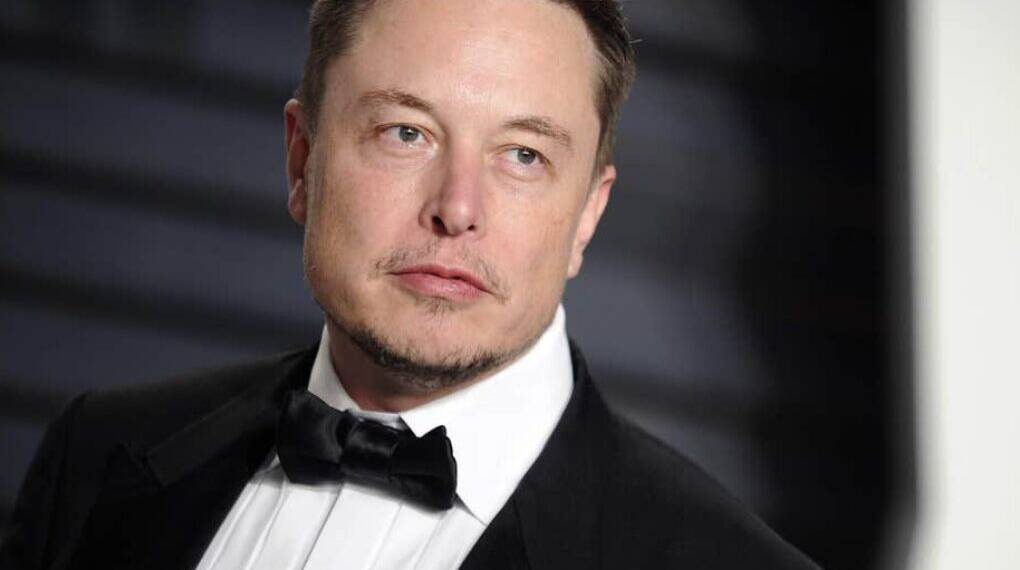In a stark warning, tech billionaire Elon Musk highlighted a pressing issue facing Europe: the risk of demographic collapse. Responding to data from Scotland showing deaths outpacing births by 34% in the first half of 2025, Musk cautioned that Europe could “die out” unless birth rates rise to at least the replacement level.
This statement underscores a growing concern about declining fertility rates across the continent and the broader implications for its future.
The Demographic Challenge
The replacement fertility rate, typically set at 2.1 children per woman, ensures that a population can sustain itself without shrinking, accounting for child mortality and achieving a balanced gender ratio at birth. However, recent analyses suggest this threshold may be closer to 2.7 to ensure long-term population stability.
Across Europe, current fertility rates fall alarmingly short of these levels. In 2024, the UK’s Office for National Statistics reported a fertility rate of 1.4 in England and Wales, and an even lower rate of 1.3 in Scotland. The European Union as a whole hit a record low of 1.4 live births per woman in 2023, signaling a persistent downward trend.
This demographic decline is not a new phenomenon. Europe has been grappling with falling birth rates for decades, driven by factors such as economic pressures, changing social norms, delayed marriages, and increased career focus among younger generations. The consequences are already evident in aging populations, strained pension systems, and shrinking workforces, which threaten economic stability and societal cohesion.
A Global Perspective
While Musk’s warning focused on Europe, the issue of declining fertility is a global concern. According to United Nations data, the global fertility rate has plummeted from 5 births per woman in the 1970s to 3.3 in the 1990s, and further to 2.2 in 2024.
Only 45% of countries, representing about a third of the world’s population, currently have fertility rates at or above the replacement level of 2.1. Regions like sub-Saharan Africa, Afghanistan, Sudan, and Yemen report higher rates (4.0 or above), but these are exceptions in a world trending toward lower fertility.
Musk, a father of at least 14 children and a vocal advocate for pro-natalist policies, has repeatedly argued that low birth rates pose a greater threat to civilization than climate change. He has warned that a continued decline could lead to societal collapse, as fewer people are born to sustain economies, innovate, and care for aging populations. His contributions to fertility research and public advocacy underscore the urgency of addressing this crisis.
The Path Forward
Reversing Europe’s demographic decline requires bold and multifaceted solutions. Policymakers could consider incentives such as tax breaks for families, subsidized childcare, and parental leave policies to ease the financial burden of raising children.
Addressing housing affordability and job security could also encourage younger generations to start families earlier. Additionally, cultural campaigns to highlight the value of parenthood and community support systems may help shift societal attitudes.
Musk’s warning serves as a wake-up call. Europe—and the world—must act swiftly to address the demographic crisis before it leads to irreversible consequences. Boosting birth rates is not just about numbers; it’s about ensuring the vitality and sustainability of civilizations for generations to come.







